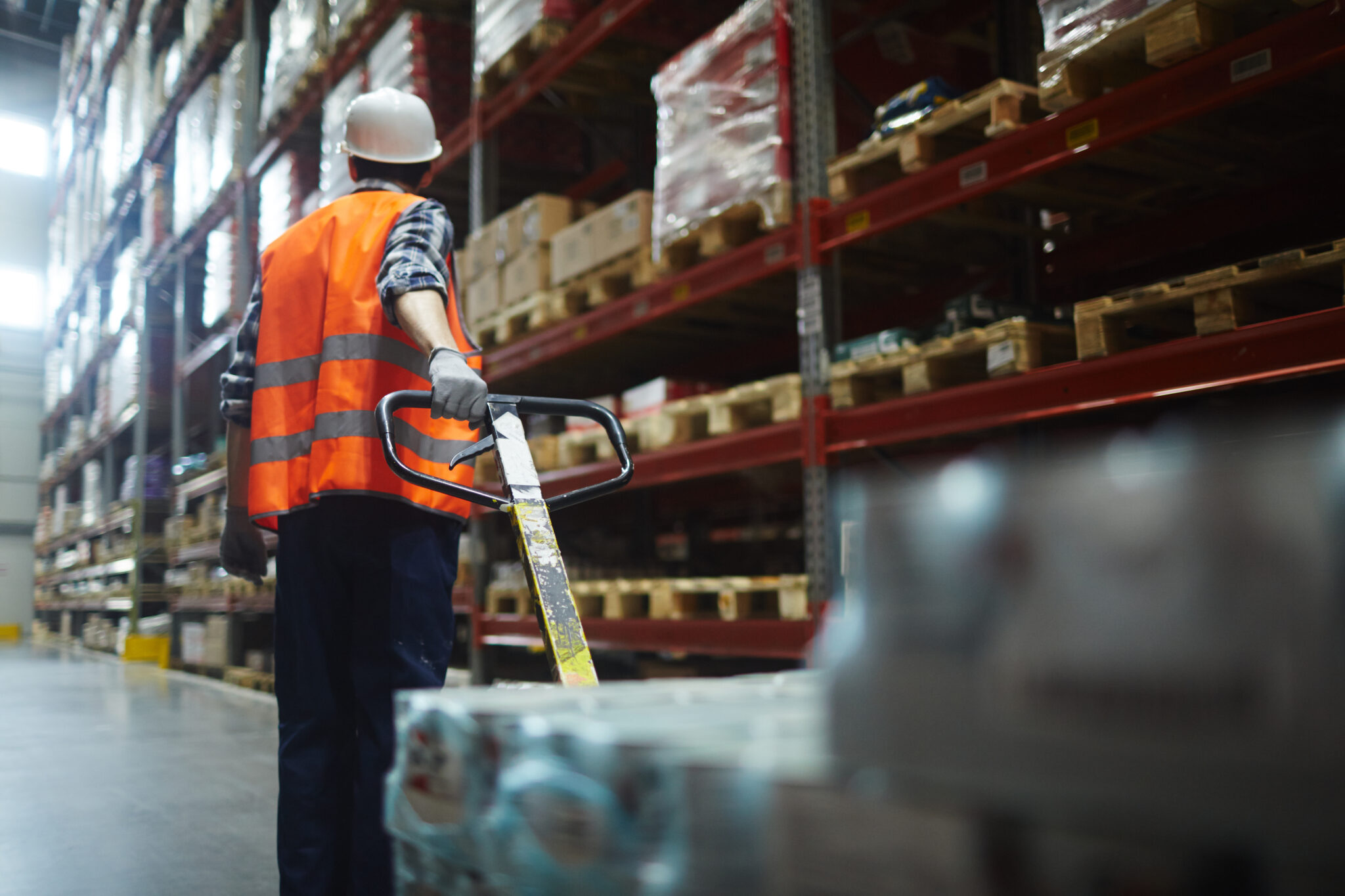The warehousing and distribution industries rely on streamlined processes and strong workflows. With a continuous flow of product being received and shipped out, a pest infestation could majorly disrupt your business. Pests commonly found in warehouses include birds, rats, mice, cockroaches and stored product pests.
While specific pest prevention strategies may differ between companies, there are a few things that every business can do to aid pest prevention efforts. Below are five tasks to keep in mind when it comes to keeping your warehouse pest-free.
1. Perfect your stock rotation system.
A first-in, first-out system is the most effective, as it ensures products are not sitting untouched long enough to allow pest damage or harborage. This is especially important for food storage, as it lessens the chance for spoiled or expired items.
2. Organization is everything.
Disorganization makes it easy for pests to go unnoticed. For example, rodents and cockroaches find opportunity for nesting and traveling in cluttered environments, and can carry and transmit diseases onto products and warehousing surfaces.
3. Make adjustments for how pests travel.
Electrical conduit and pipes are perfect runways for rodents to travel high above floor level inside your warehouse. A simple way to adjust to this travel pattern is by commonly rotating any highly stacked product to discourage nesting. On the ground level, rodents will find openings through loading docks, open doors, and cracks and crevices. Make sure to keep all doors closed and seal any exterior openings to prevent pest entry. Additionally, keep product stored off the floor, and at least 18 inches away from the wall to allow for an inspection lane.
4. Learn to identify signs of pests.
Is there a hole in a bag of product? Are you finding rub marks on pipes or electrical conduit? Do you know what rub marks even are? Communicate with your pest management provider to learn what pest evidence may look like within your facility. Signs of pest presence can range from droppings to insect casings, rub marks to chewed wires, product damage and more. Educating employees to identify pest evidence and encouraging them to report it to management will be essential to your pest management program.
5. Partner with your pest management provider.
Lastly, pest management is a team effort – you know your facility in and out, and pest technicians know how best to prevent pests. Successful pest management is contingent upon this strong relationship. Therefore, be sure to report any findings to your provider, and your provider should in turn make you aware of any conditions that could make your facility vulnerable to pest infestations.
If you have questions about warehouse pest control or would like to learn more about how Copesan can help you in your prevention efforts, please contact us!
Visit our YouTube channel to learn more pest management tips and how to prevent specific pests!

